Creating Supportive Environments for Autistic Individuals at Large Gatherings
Understanding and Managing Sensory Overload in Crowded Settings
Large public events can be overwhelming for autistic individuals due to sensory sensitivities. Recognizing signs of overload, implementing practical strategies, and fostering accommodating environments are essential for ensuring safety, comfort, and enjoyment. This article explores effective approaches to manage sensory challenges, proactive and reactive techniques, and the importance of tailored support to promote positive experiences during crowded occasions.
Recognizing Signs of Sensory Overload in Autistic Individuals
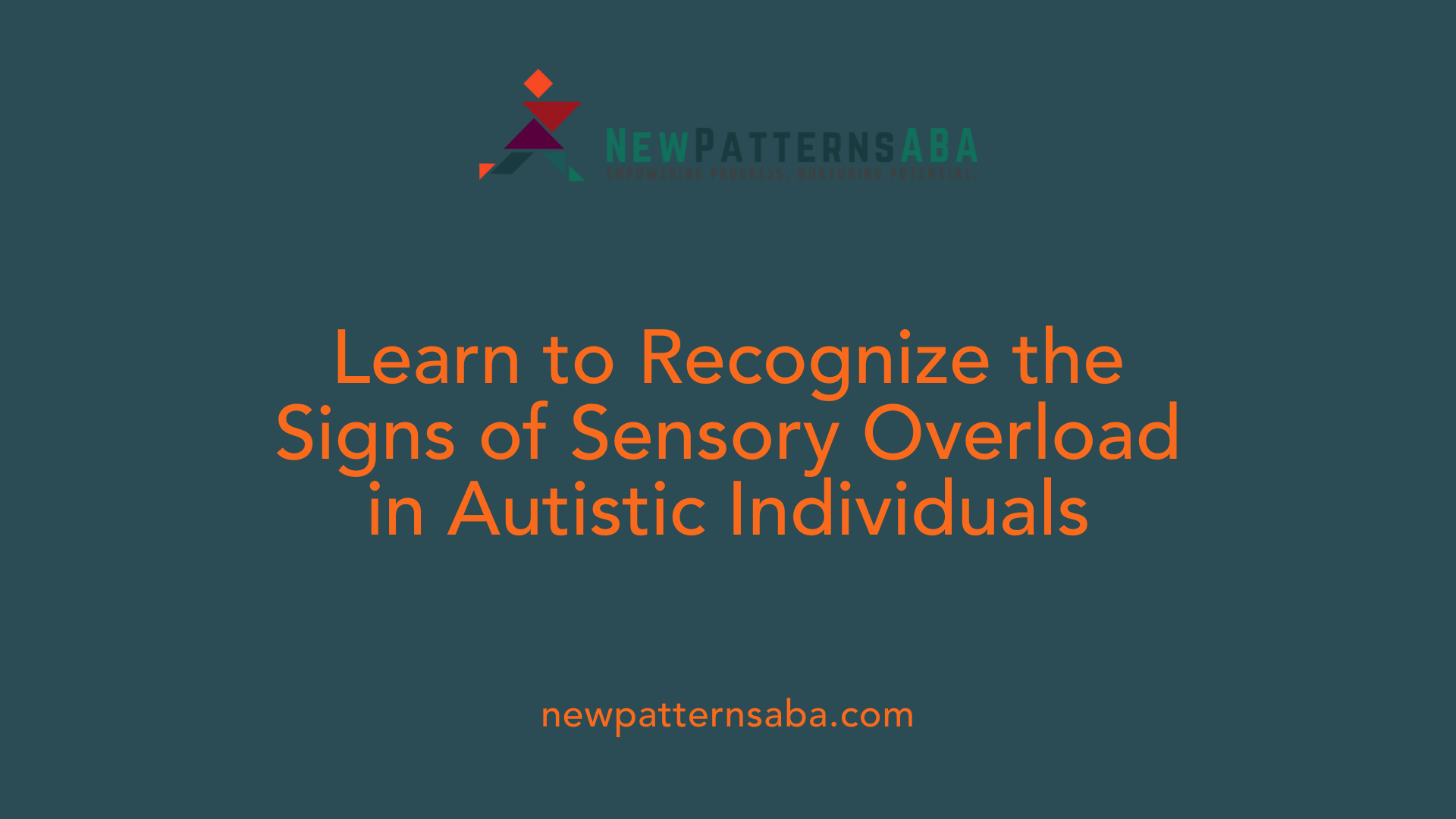
What are the signs of sensory overload in autistic individuals, and how does it impact them?
Autistic individuals often show clear signs when experiencing sensory overload. These signs include behaviors such as covering their ears or eyes to block out overwhelming stimuli, looking away from the source of sensory input, and increased movement or self-stimulatory actions (stimming) like rocking or hand-flapping.
In addition to physical behaviors, they may display agitation, irritability, or difficulty in speaking or focusing. Sometimes, their responses involve withdrawing completely from stimuli, a reaction often called shutdown. These behaviors emerge because the sensory information—whether bright lights, loud noises, strong smells, or uncomfortable textures—becomes too intense to process comfortably.
Sensory overload can affect their emotional and physical well-being significantly. It often leads to heightened anxiety, feelings of fear, or physical discomfort. During these episodes, their capacity for communication and social interaction decreases, making it harder to express needs or seek help.
These reactions influence daily life by reducing coping abilities in noisy environments or unfamiliar settings. Recognizing early signs allows caregivers and support staff to intervene promptly—by reducing stimuli, creating a calm space, or employing other calming strategies—to help the individual regain control and prevent escalation.
Overall, understanding these signs and their impact is vital in providing appropriate support, ensuring safety, and promoting a sense of security for autistic individuals experiencing sensory overload.
Practical Strategies and Tools for Sensory Regulation During Large Events
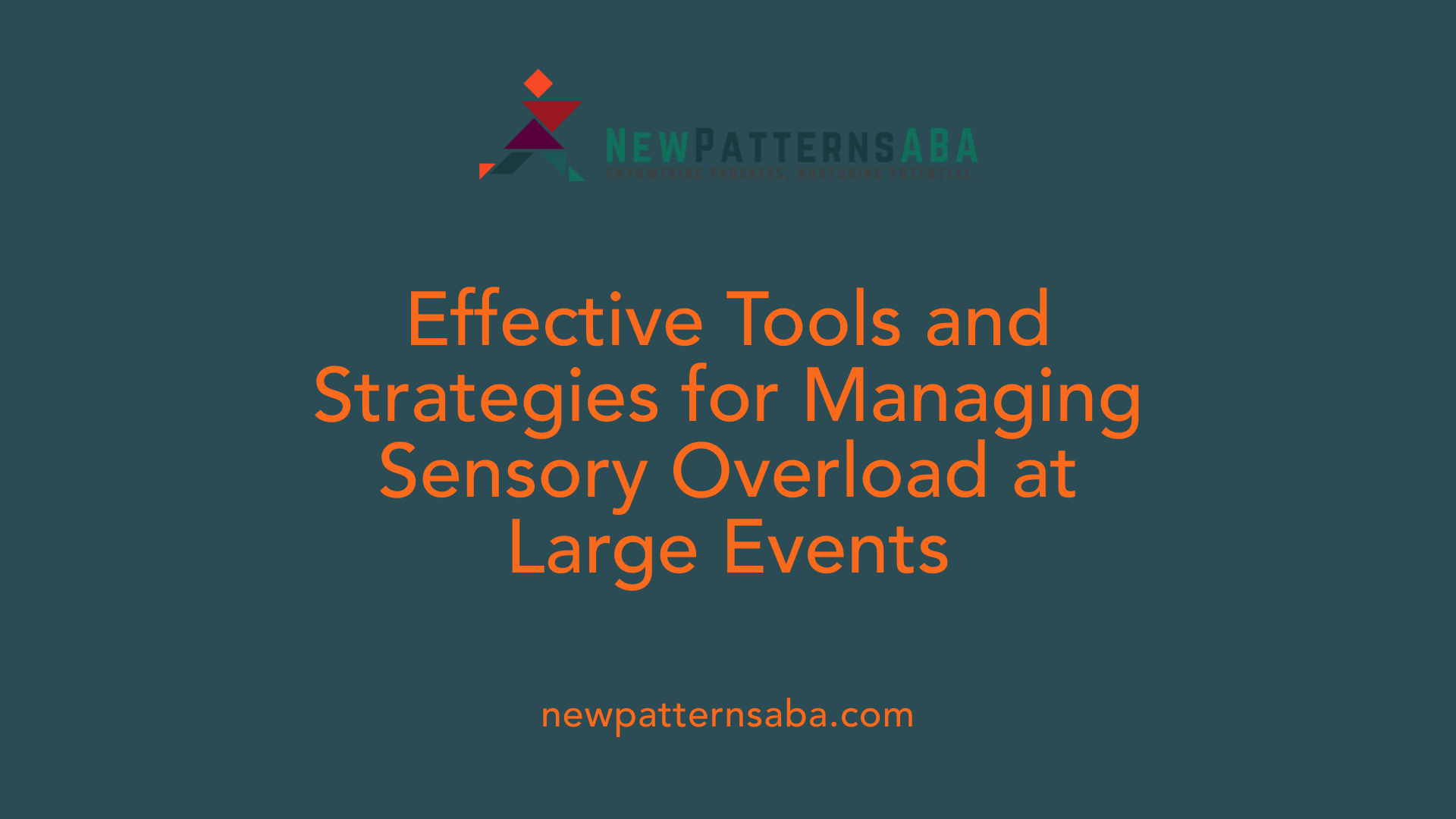 Handling sensory sensitivities in large gatherings can be challenging, but various practical tools and adjustments can support individuals with autism in managing their experiences. Providing sensory aids such as noise-canceling headphones, calming earbuds, or MP3 players helps reduce the impact of overwhelming sounds. Creating a dedicated quiet zone with calming features like blankets, bean bags, tents, and sensory equipment offers a safe space for retreat and self-soothing.
Handling sensory sensitivities in large gatherings can be challenging, but various practical tools and adjustments can support individuals with autism in managing their experiences. Providing sensory aids such as noise-canceling headphones, calming earbuds, or MP3 players helps reduce the impact of overwhelming sounds. Creating a dedicated quiet zone with calming features like blankets, bean bags, tents, and sensory equipment offers a safe space for retreat and self-soothing.
Incorporating sensory tools like fidget toys, wobble cushions, weighted lap pads, and inflatable seats can facilitate self-regulation and lower stress levels. Visual adjustments, including changing presentation layouts, using larger or more colorful fonts, and selecting softer background colors, can mitigate visual sensitivities. To address olfactory sensitivities, masking strong smells with scented sweatbands or perfume can be beneficial.
Scheduling regular movement breaks allows for physical regulation, and providing oral sensory items such as chew toys or crunchy snacks can help manage sensory input. Planning efficient and accessible exit routes ensures that individuals can leave the environment promptly and safely if needed. These combined strategies contribute to a more inclusive environment, reducing sensory overload and promoting comfort during large public events.
Guidance for Caregivers and Individuals in Coping with Sensory Overload
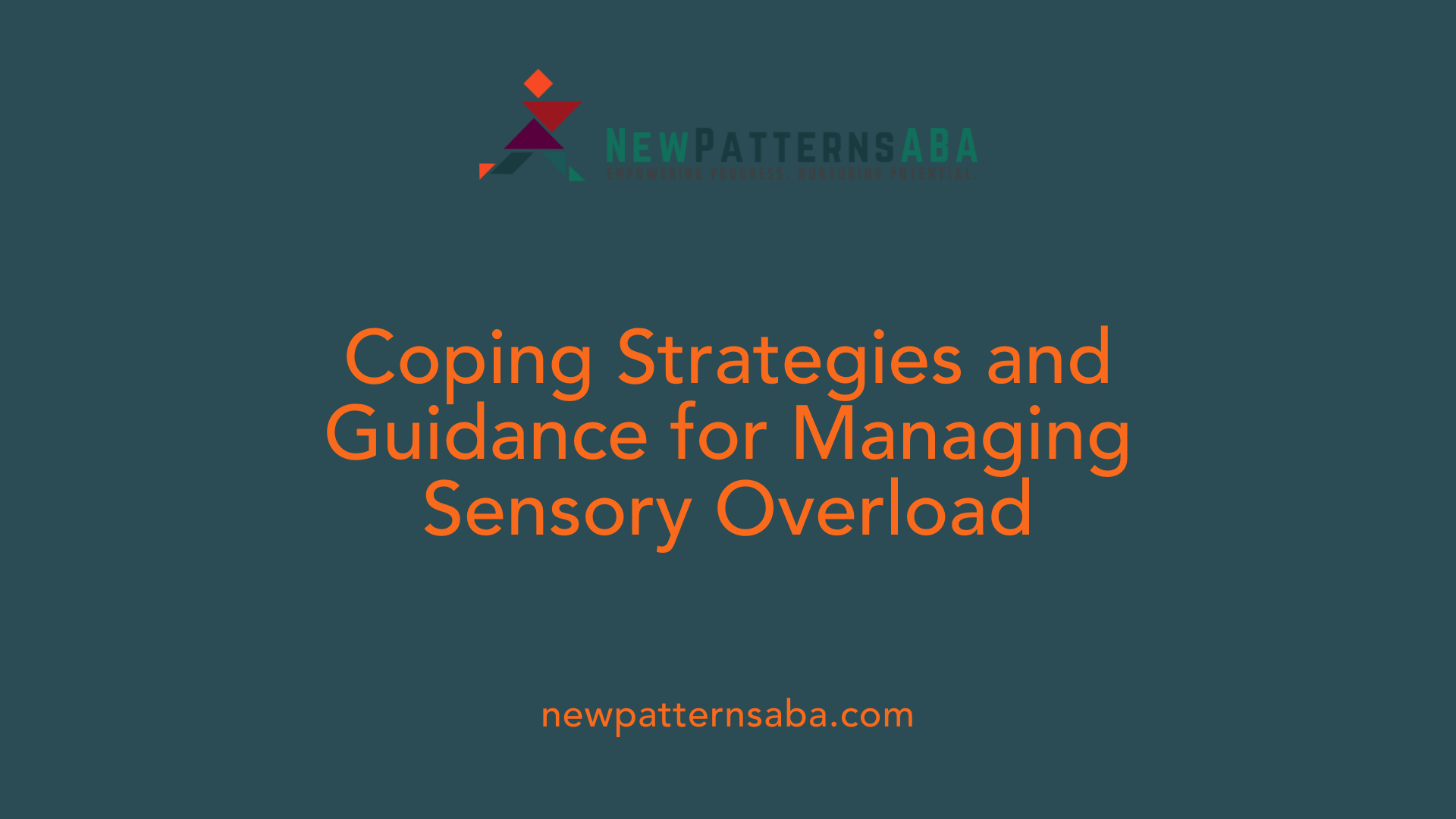
Preparation and planning
Effective management of sensory overload begins with preparation. Caregivers and individuals can reduce the risk of overwhelm by researching the environment beforehand. This includes identifying potential sensory triggers, such as loud noises, bright lights, or unfamiliar smells, and packing sensory tools like noise-canceling headphones, sunglasses, or fidget toys. Creating a plan for quick access to a calm, quiet space is crucial, especially in busy settings like events or public venues.
Establishing or maintaining familiar routines helps minimize anxiety, providing a predictable structure that can make navigating large crowds less stressful. Recognizing the unique sensitivities of the individual—whether hypersensitivity or hyposensitivity—and preparing tailored strategies ensure smoother experiences.
Environmental modifications and communication
Adjusting the environment to meet sensory needs is vital. Dimming lights or avoiding flashing visuals, reducing background noise, and minimizing strong scents can make a significant difference. For some individuals, wearing sunglasses or ear protection might be necessary.
Clear communication about needs and preferences supports self-advocacy. Explain to organizers or peers about sensory sensitivities, and request accommodations such as quiet zones, priority seating, or scheduled breaks. Using visual supports, social stories, or cue cards can help convey needs effectively.
Calming techniques and advocacy
During sensory overload, employing calming techniques can provide immediate relief. Encouraging deep breathing, mindfulness exercises, or engaging with calming sensory inputs—like a favorite fidget or soothing scent—can help reduce distress.
Advocacy is integral to coping. Empowering individuals to express their needs and educating others about sensory sensitivities fosters understanding and support. Self-advocacy includes requesting reasonable adjustments and explaining what helps manage overwhelming sensations.
By combining thorough preparation, environment modifications, effective communication, and calming strategies, caregivers and individuals can better navigate busy, sensory-rich environments, transforming potentially overwhelming experiences into manageable ones.
Strategies to Prevent or Reduce Sensory Overload and Meltdowns
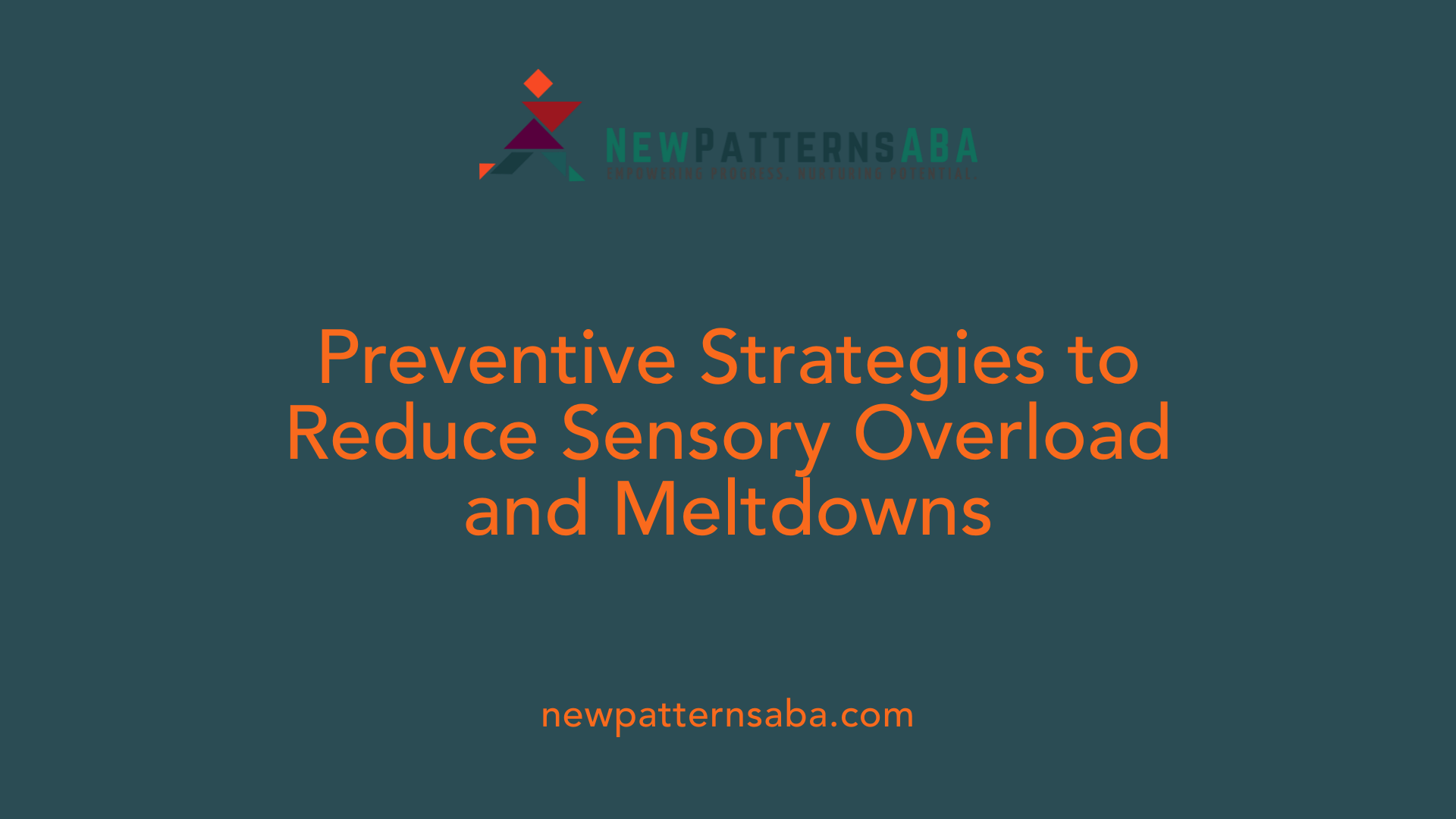
How can preparation and planning help reduce sensory overload and meltdowns during large gatherings?
Preparation is crucial for managing sensory sensitivities during big events. Creating detailed social stories and visual supports helps individuals understand what to expect, reducing anxiety and unpredictability. Communicating clearly about the event’s schedule and sensory aspects enables individuals to prepare mentally.
Arranging for sensory tools such as noise-canceling headphones, sunglasses, and fidget toys provides immediate sensory relief when needed. It's beneficial to plan outings during less crowded hours and choose venues with controlled lighting and scent levels. Establishing routines around sleep, meals, and rest helps maintain stability.
Monitoring signs of distress—like pacing, irritability, or withdrawal—allows caregivers to intervene early. Providing a designated quiet space for breaks ensures individuals can withdraw from overwhelming stimuli if necessary. Incorporating calming techniques like deep breathing, grounding exercises, and offering familiar comfort items can promote emotional regulation.
Fostering understanding among family members and friends about sensory needs plays a vital role. When possible, consulting professionals such as occupational therapists can help develop tailored strategies suited to each person’s sensory profile. These approaches help create a supportive environment, making social gatherings more manageable and enjoyable.
Creating Inclusive and Supportive Large Event Environments
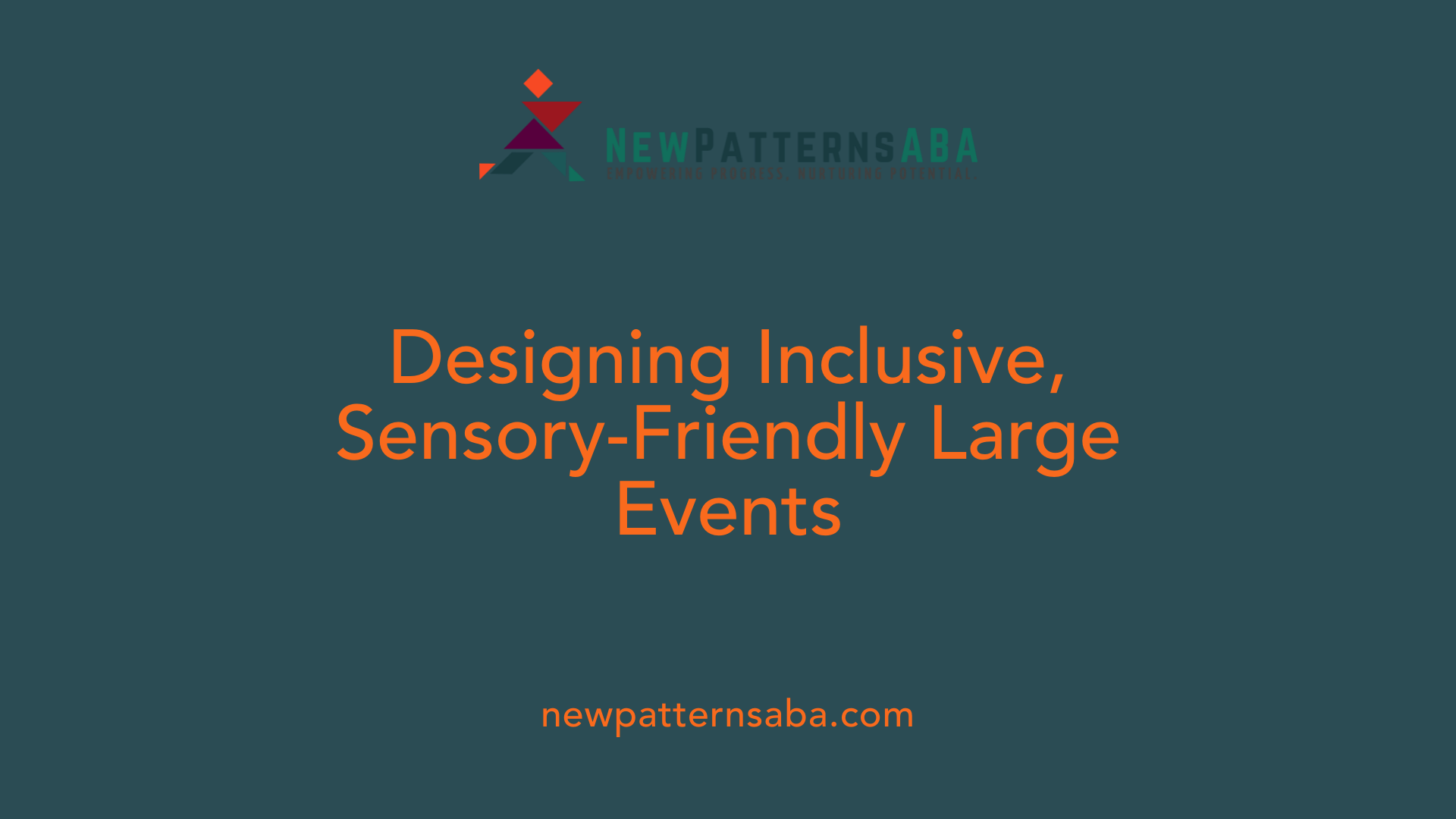
How can event organizers create environments that support autistic individuals and reduce sensory overload?
Organizing large events that are welcoming for autistic individuals involves thoughtful planning to minimize sensory stressors. Environmental modifications are fundamental. For instance, maintaining controlled lighting with options like dimmed or soft lights helps reduce visual overstimulation. Sound levels should be kept at a tolerable volume, with designated quiet areas where individuals can retreat if feeling overwhelmed.
Providing sensory tools—such as noise-canceling headphones, sunglasses, or fidget toys—available at the venue allows attendees to self-regulate more effectively. Clear and visible signage, as well as visual schedules or maps, help individuals better understand the event layout and plan their movements comfortably.
Staff training is equally important. Staff members should be educated to recognize signs of sensory overload—such as agitation, covering ears or eyes, or withdrawal—and know how to assist appropriately. Calm, respectful communication and offering options for sensory breaks can greatly enhance comfort.
Inclusion of dedicated sensory-friendly spaces creates a supportive environment for those needing a break from sensory input. Flexible entry and exit points enable easy access without causing additional stress. Facilitating opportunities for sensory breaks and avoiding crowded, noisy zones during peak times are strategic adjustments.
Engagement with autistic individuals and their caregivers during the planning process ensures that support strategies are tailored. Providing avenues for self-advocacy and feedback can identify specific needs, leading to more effective accommodation strategies.
In sum, creating a sensory-conscious environment through modifications, staff awareness, and personalized support helps reduce sensory overload and makes large events accessible and enjoyable for everyone.
Creating a Compassionate and Prepared Environment
Managing sensory overload at large events for autistic individuals requires a collaborative effort rooted in understanding, preparation, and compassionate support. By recognizing the signs of overload, implementing tailored strategies, and creating sensory-friendly environments, caregivers, event organizers, and communities can significantly reduce stress and improve the experiences for autistic attendees. Continued advocacy and education are key to fostering inclusive spaces where all individuals can participate safely and comfortably, turning potentially overwhelming situations into opportunities for connection, enjoyment, and support.
References
- Sensory issues
- How to Handle Sensory Overload in Large Crowds
- Advice on Understanding and Calming Sensory Overload ...
- Meltdowns - a guide for all audiences
- Top 5 autism tips: managing sensory differences
- Sensory issues
- How to Deal with Sensory Overload in Autistic Adults
- How Adults With Autism Can Manage Sensory Overload
- Sensory issues






